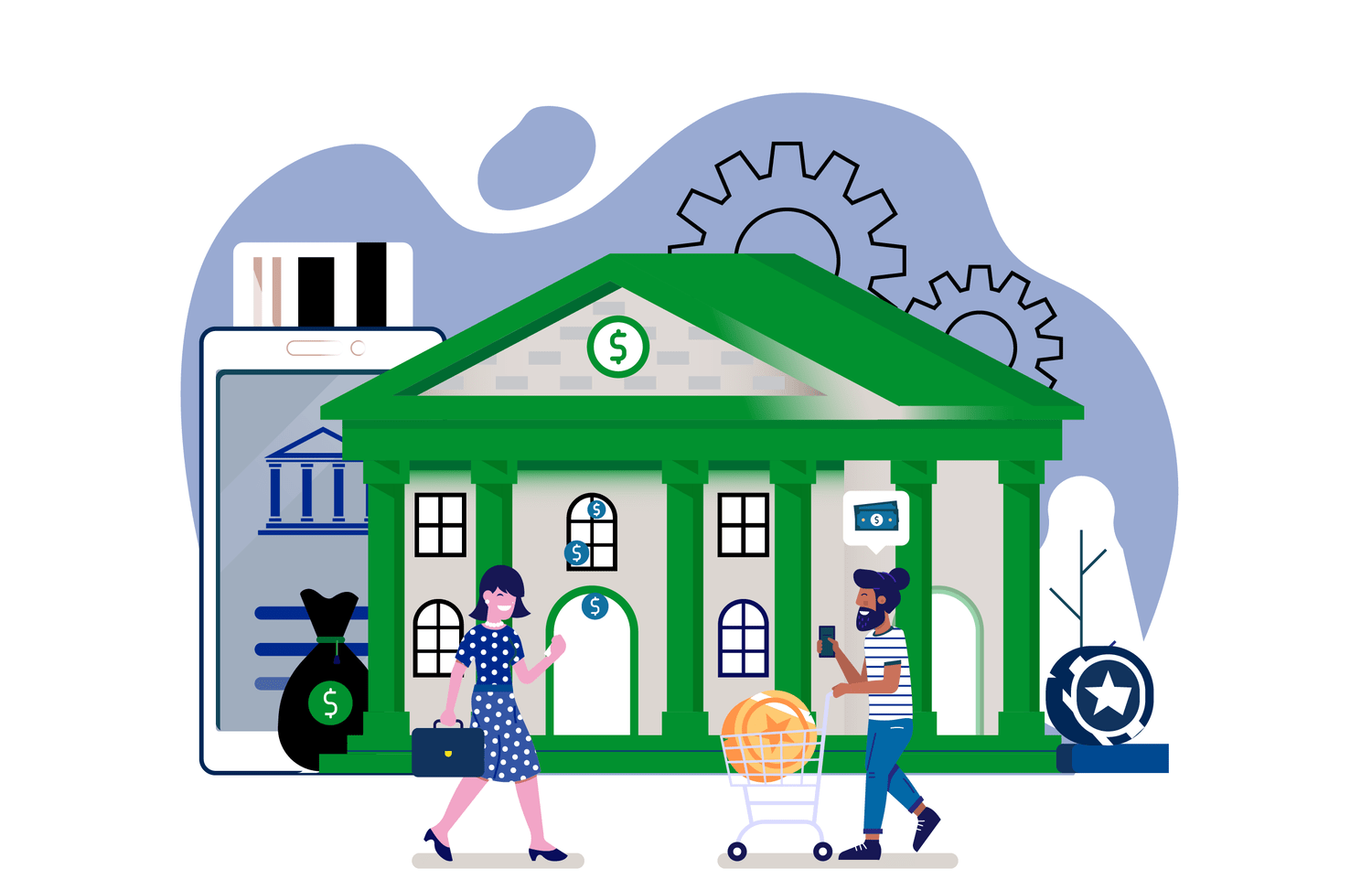Why Banks Can Dominate Social Media Advertising
In order to remain competitive, many companies, including banks, have turned to social media to keep customers engaged, updated and happy. There are currently 1.23 billion people with a Facebook account and 328 million with Twitter accounts.Most social media marketing is focused on mobile devices, a market that will continue to expand dramatically, as it is expected that over half of the world’s population will have a smartphone. Over the past ten years, social media marketing has become more refined and effective for businesses and banks specifically to accurately target their audience and remain competitive in an ever-changing work environment.

The Value in Social Media Advertising
There are several benefits to banks investing in social media marketing. With increased brand recognition and brand loyalty, businesses are able to become “humanized” through repeated exposure on social feeds, allowing the customer to become more comfortable and willing to respond to advertising. Instead of social media campaigns being cold and calculated like some traditional marketing strategies, banks can interact with consumers in a way that is natural and personalized to the consumer, as well as with ad imagery that is relatable.
Additionally, social media marketing has the potential to raise your status on search engines like Google and Bing. As your social media ads reach more users, more people will research your bank, driving the views on your website up and helping to elevate the corporation’s name to the top of the search results.
Connecting Banks to People — How it Works
Social media advertising can target a group of people based on the shared information on potential customer’s profiles. Banks can break down their desired target markets into four categories: interest marketing (focusing on self-reported skills, interests, experiences), behavioral/connection targeting (target customers with similar purchasing or search habits to your brand), geographic targeting (targets users based on their location) or a combination of all 3. With this information at hand, customers on social media platforms will be exposed to your advertisement repeatedly in banner ads, sidebar ads and sponsored posts that all lead back to your bank’s website or social profile. People connect to marketing that has a familiar and personal voice, and repeatedly showing up in their feed every day is a fantastic way of creating a connection. With the information that has already been provided on social media feeds, it is easy for banks to target people based on age, location, or interests to create personalized content that will make an impression for years to come.
Awesome, but how do I know my advertisements are working?
There are many platforms for banks to see if their social media marketing campaigns are working. Facebook and Twitter both provide comprehensive analytics and reporting on paid social media ad campaigns. You can measure clicks, new page likes, ROI, demographics of those who have responded to your ads and more directly through their platform.
Additionally, Google analytics is one of the largest programs that tracks analytics to a specific website. The program is free and provides an overview of all website analytics, as well as of which social media platform is helping to bring in the most traffic to your website. Information can be as general as 60% of viewers come from Facebook, 20% from Twitter, and 20% from other websites, or can be used to view exactly how many clicks those websites brought into your website.
Social media advertising is a great way to reach your target potential customers where they spend much of their free time consuming content while also benefiting from digital analytics and KPIs that can help your bank determine ROI on social media ad spend as well as other important metrics. For more information on digital marketing and proving marketing ROI for banks, download our eBook here!





